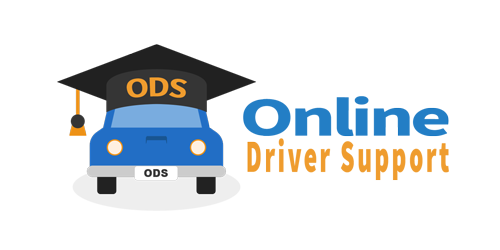Question Techniques
There are various types of questions you can use to get the best from your learner to get them actively involved in the learning process.
Here is a video from our Instructor Trainer Emma Bird, breaking down 6 types of Questions Techniques
Here is an overview of each type of questions
Goal Questions
Normally used at the start of the training session. They are used to ask the pupil wants to achieve through the session.
Example “What would you like to achieve today?”, “How would you want to do this?”
Safety Critical / Leading Questions
These are questions that have an instruction or directive in them. Often when you use this type of questions you are expecting a physical action rather than a verbal response.
Examples are ; “Do you need to steer around that obstruction?”, “Which gear do we need to be in?”.
When using this type of question there should also be a follow-up question used after the event. The follow up question looks at further analysis using open questions.
Task Specific Questions
Extremely useful tool, if used correctly. These are exercises, agreed with the learner, that relate to specific topics or tasks whilst driving , such as questions relating to road signs or marking.
Example – “What is the next warning sign ahead?”
Can also be none driving related – if agreed with your learner – requires the learner to give some thought to the question whilst driving.
T.E.D. Questions – Tell, Explain and Describe
Encourages learners to name their mistake and to analyse their cause and the effects and develop strategy for next time.
This can be used to elaborate a question that has already been asked but maybe the learner hasn’t provided enough details or demonstrated full knowledge and understanding.
Closed Questions
A closed questions only has one correct answer and so should be used sparingly and only in the correct situation. Its good for checking facts, but doesn’t check full understanding from the learner.
Examples are: “What is the speed limit on this road”,.
Poor examples are “have you checked your mirrors?”, or “Do you know what an open junction is?” . Just because they may answer “Yes” it doesn’t actually check their understanding.
Open Questions
Using Open Questions enables the learner to provide more detailed answers. Open questions are often used to open a discussion on a subject.
Questions that start with – What, When, Where, How, Which, Who and Why.
Be careful of using “Why” too much as it can come across of being critical or too personal.
The use of open questions should encourage your learners to think and reflect. It will give an idea of the learners depth of understanding, thinking and how they are feeling.
Summary
As an instructor the use of questions is a key tool, it encourages the learner to get actively involved and using the correct questions you can gauge the level of knowledge and understanding from the learner.
The questioning technique itself involves 5 different sections ;
- Listening
- Probing
- Reflecting
- Discussing
- Feedback
Its helpful to have a bank of question that you can use for specific situations.
